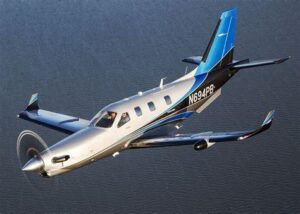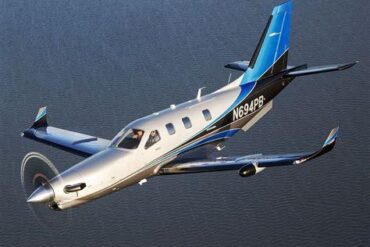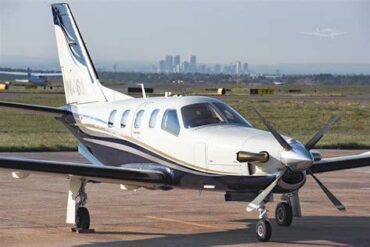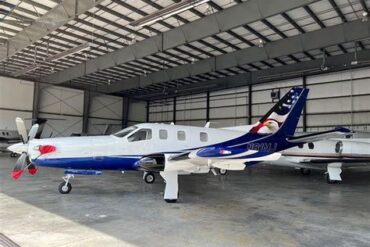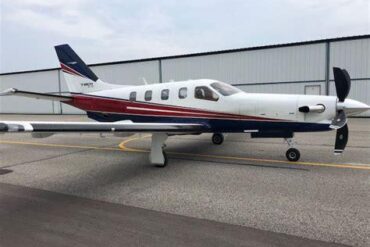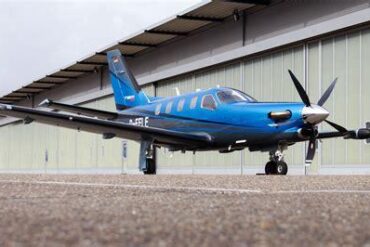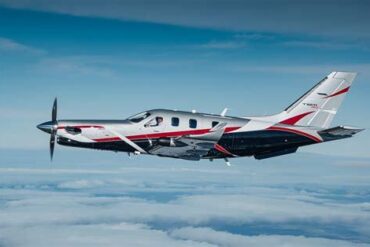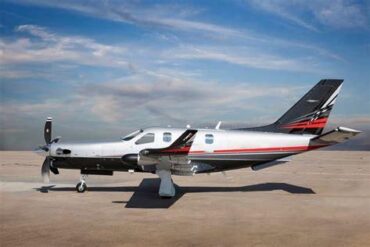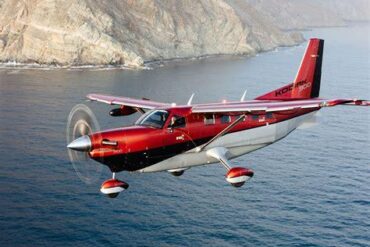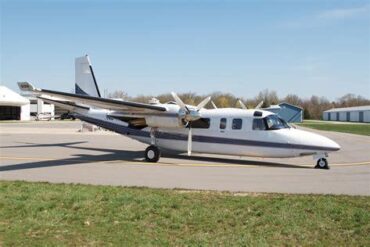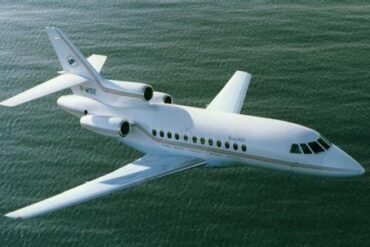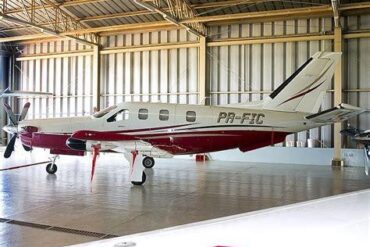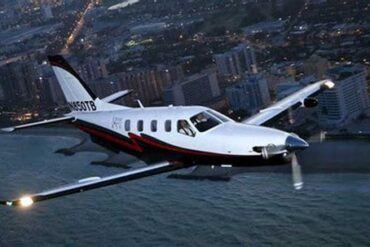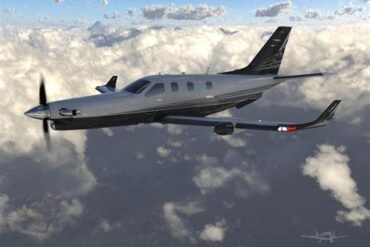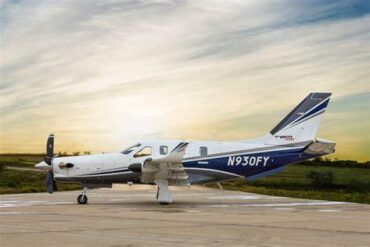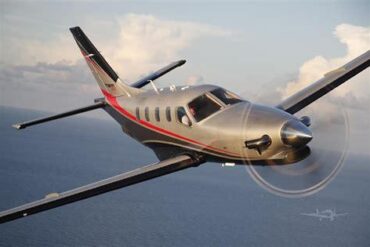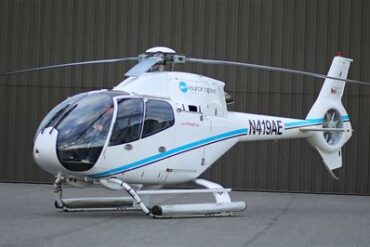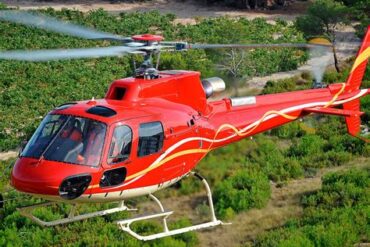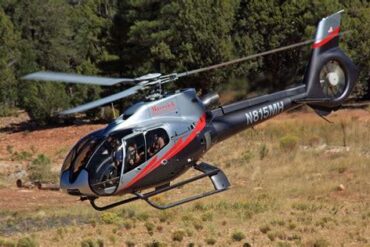The Socata TBM 900 is a remarkable aircraft that has garnered attention in the aviation community for its exceptional performance, efficiency, and luxury. As we delve into the price and operating costs associated with this aircraft, we will provide an extensive overview to help potential buyers and operators make informed decisions.
Introduction to the Socata TBM 900
The TBM 900 is a single-engine turboprop that stands out for its speed, range, and comfort. Manufactured by Daher, it is an evolution of the TBM series, incorporating advanced technology and design enhancements. The aircraft can comfortably accommodate up to six passengers, making it an ideal choice for both business travel and leisure flights.
Price of the Socata TBM 900
When considering the purchase price of the Socata TBM 900, prospective buyers should anticipate a figure in the range of $4 million to $5 million. This price can vary based on several factors:
-
Customization Options: Buyers can select various interior configurations, materials, and avionics packages, which can significantly affect the final cost.
-
Market Fluctuations: The used aircraft market can influence pricing; hence, it’s essential to stay updated on current trends.
-
Additional Features: Optional features like enhanced soundproofing, upgraded navigation systems, and luxury seating may also contribute to the overall price.
Comparison with Similar Aircraft
To provide context, the TBM 900’s price is competitive when compared to similar aircraft in its category, such as the Pilatus PC-12 and the Cessna Caravan. While the PC-12 offers more space and payload capacity, it comes with a higher price tag, typically exceeding $5 million. Conversely, the Cessna Caravan is generally less expensive but lacks the speed and efficiency of the TBM 900.
Operating Costs of the Socata TBM 900
Understanding the operating costs is crucial for anyone considering the TBM 900. These costs encompass various aspects, including fuel, maintenance, insurance, and crew salaries.
Fuel Costs
The TBM 900 is renowned for its fuel efficiency, boasting an average fuel burn of approximately 30 gallons per hour. With an average fuel price of $5 per gallon, operators can expect to spend about $150 per hour on fuel alone. This efficiency not only reduces operating costs but also contributes to lower environmental impact, making it a more sustainable choice in the long run.
Maintenance Costs
Maintenance is another significant aspect of operating costs. The TBM 900 requires regular maintenance to ensure safety and performance. Annual maintenance costs can range from $30,000 to $50,000, depending on usage and specific maintenance requirements. Major inspections occur every 3,600 hours or 6 years, costing around $100,000 to $150,000. Regular upkeep includes:
-
Engine Maintenance: The Pratt & Whitney PT6A-66D engine is known for its reliability, but operators should budget for regular inspections and potential overhauls, which can be costly.
-
Airframe Maintenance: Routine checks and repairs, including inspections of the airframe, landing gear, and other critical components, are necessary to maintain airworthiness.
Insurance Costs
Insurance is a vital component of operating costs. Depending on the pilot’s experience, the aircraft’s usage, and coverage levels, insurance premiums for the TBM 900 can range from $20,000 to $50,000 annually. Factors that influence insurance rates include:
-
Pilot Experience: More experienced pilots typically pay lower premiums.
-
Flight Hours: The number of flight hours logged can impact rates, with higher hours often resulting in lower costs.
-
Usage Type: Commercial operations may incur higher premiums compared to personal use.
Crew Salaries
For those who choose to operate the TBM 900 commercially, crew salaries must also be considered. A qualified pilot can command a salary ranging from $70,000 to $120,000 per year, depending on experience and the operational scale. Additionally, if a second crew member is required, costs will increase accordingly.
Total Estimated Operating Costs
Taking into account all the aforementioned factors, the total estimated operating costs for the Socata TBM 900 can be summarized as follows:
-
Fuel: ~$150 per hour
-
Maintenance: ~$30,000 to $50,000 annually
-
Insurance: ~$20,000 to $50,000 annually
-
Crew Salaries: ~$70,000 to $120,000 annually (if applicable)
Cost Efficiency Compared to Other Aircraft
When evaluating the operating costs against competitors, the TBM 900 remains a cost-effective option. Its fuel efficiency and lower maintenance costs relative to larger twin-engine aircraft like the Beechcraft Baron or the Piper Navajo make it an attractive choice for private owners and charter operators alike.
Resale Value Considerations
Another crucial aspect to consider is the resale value of the TBM 900. Generally, turboprop aircraft tend to retain their value well, especially models from reputable manufacturers like Daher. The TBM 900 has shown strong demand in the resale market, which can positively influence its depreciation rate. Factors affecting resale value include:
-
Aircraft Condition: Well-maintained aircraft with complete logbooks and low flight hours typically command higher prices.
-
Market Demand: A robust demand for turboprop aircraft can sustain or even increase resale values.
-
Upgrades: Investing in upgrades such as modern avionics or interior refurbishments can enhance resale appeal.
Conclusion
In summary, the Socata TBM 900 represents a significant investment in aviation, combining performance, efficiency, and luxury. With a purchase price ranging from $4 million to $5 million and estimated operating costs that are competitive within its category, it is essential for prospective buyers to assess their needs and budget carefully. The aircraft’s impressive fuel efficiency, manageable maintenance requirements, and strong resale potential make it an appealing option for discerning aviators. By understanding the associated costs, operators can make informed decisions that align with their aviation goals and financial plans.
